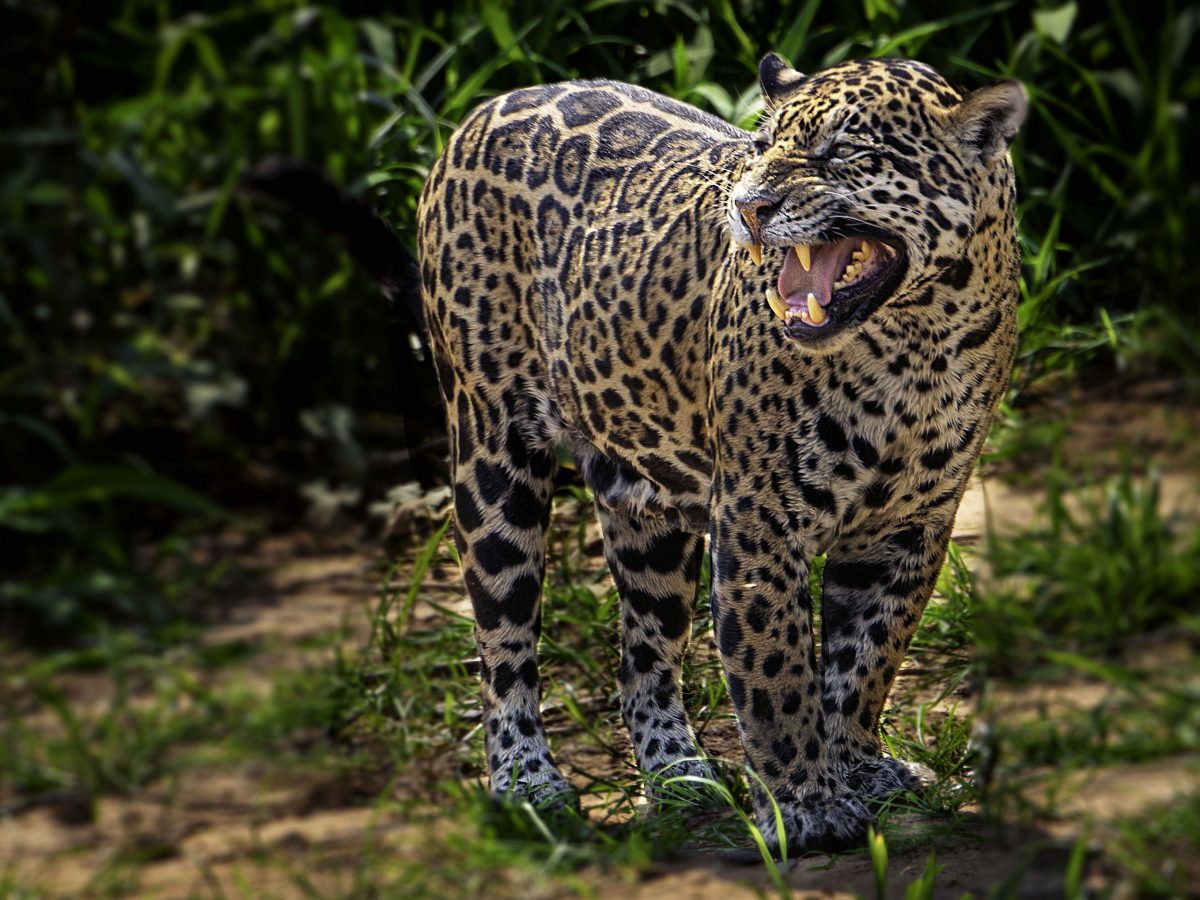
Last week, it was established that although the annual mini-festival in Georgetown to start off the month of Amerindian Heritage in September could not be held this year, the power and importance of this heritage persists. This festival offers a brief glimpse of indigenous culture, both popular and traditional, each year. But the great strength of Amerindian civilisation may be accessed through the oral literature which still exists and does not depend on the annual mini-festival to be exhibited.
Among Caribbean territories, the presence of this ancient civilisation is most defined in Guyana. The oral literature has survived mainly through the folk tales, and of all the oral literature in Guyana the Amerindian folktale is the strongest. There are significant differences between old Amerindian myths and legends and the stories in contemporary society. One factor is that the tales no longer have popular currency in a story-telling tradition that has definitely diminished, while another is that a newer category of stories may be heard today.
The tales define and are defined by the society that created them, and reflect very strongly, the beliefs, customs and traditions of the society. There are many categories of stories. In the ancient tradition there are myths, legends and folktales. This may be further broken down into creation myths, myths of origin, legends, trickster and animal tales and animism. Among the more modern stories are personal testimonies, and spiritual and supernatural tales. Common among these are stories of Kanaima.
Amerindian oral literature is well preserved and it is possible to see the range of various types, particularly the older varieties. Several publications of the nineteenth century by researchers, colonial officials and public servants, missionaries, botanists, explorers, geographers and anthropologists, who have been referenced in most cases, reveal their interests and often their own biases and prejudices, but manage to preserve valuable documents of the people’s beliefs and social ethos as reflected in the tales.
Reference has been drawn to the collections and accounts of Rev William Brett, Barrington Brown, William Hillhouse, Sir Everard Im Thurn as well as Walter Roth. Later works include Audrey Butt Colson, Muriel Bland St Aubyn, and Odeen Ishmael, while fieldwork has shown an interesting shift in the types of tales told.
“The Woman and The Jaguar”, for example, was collected in the field by University of Guyana student of Oral Literature Tamika Johnson. It was collected in Warapoka in Region One, Guyana and told by a woman, a native of Warapoka, who works at a resort.
This tale fits into different categories. These include personal testimony, spiritual tale, supernatural tale, animal tale and animism, and story of Kanaima. The tale contains several elements of these types that have been collected by others and by this researcher, in different localities such as St Cuthbert’s Mission, Wakapao and Moruca.
Several personal testimonies have been told by informants, narrating stories of their experiences with the supernatural, most often with Kanaima, or relating stories told to them by others about their experiences. One of the keys in these stories is that the narrator sets out to convince his audience that the stories are true.
Among the most interesting narratives arising from the consciousness of Guyanese Amerindians are stories with spiritual or supernatural content. Prevalent in these are stories about Kanaima. According to the lore, the Kanaima is a man who is a member of a secret society of trained, skillful, powerful and dangerous assassins. They carry out vendettas and they kill targets in mysterious ways. They live anonymously among ordinary people in the community. They are feared; whole villages are terrified by their proximity. They are also skilled hunters and can transform themselves into forest animals and imitate their sounds.
The Amerindian cosmos shares with many other cultures the creation of tales whose characters are animals. Animal characters are prevalent in countless folktales. European fairy tales/marchen, for example, have ubiquitous talking animals, most of whom also have magical and supernatural powers. Anansi Stories from another culture is further evidence. The Amerindians of Guyana are known for their belief in animism, and no doubt, added to their proximity to and the influence of animals on their lives in the forest, this carries over into their creation of folktales. Animism was as important in the nineteenth century as it is twenty-first century beliefs and the art among Guyanese Amerindians.
It is not stated in the narrative, but it is implied that the mysterious woman had in fact, changed herself into a jaguar. Further, it seemed to be a habit of hers to do this. This type of shapeshifting is said to be a quality possessed by some in the interior who live in the forest and have a close relationship with nature and animals. These include hunters and Kanaima.
The Kanaima is especially associated with jaguars. The tale does not say anything about the woman, but obviously it reflects the belief in and the fear of Kanaima prevalent in many of the stories recently collected.






